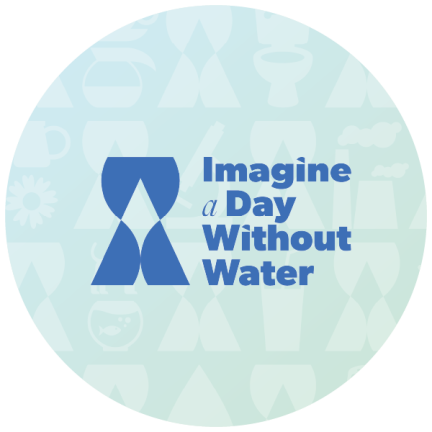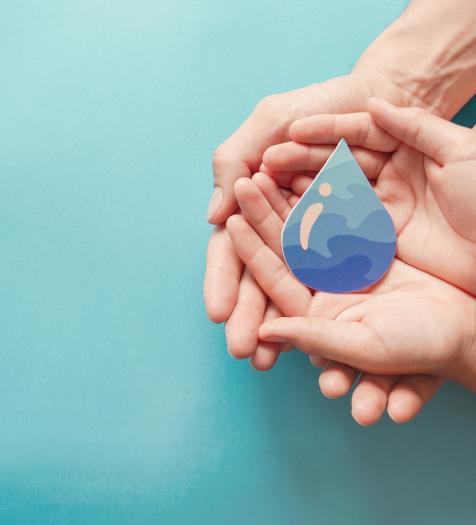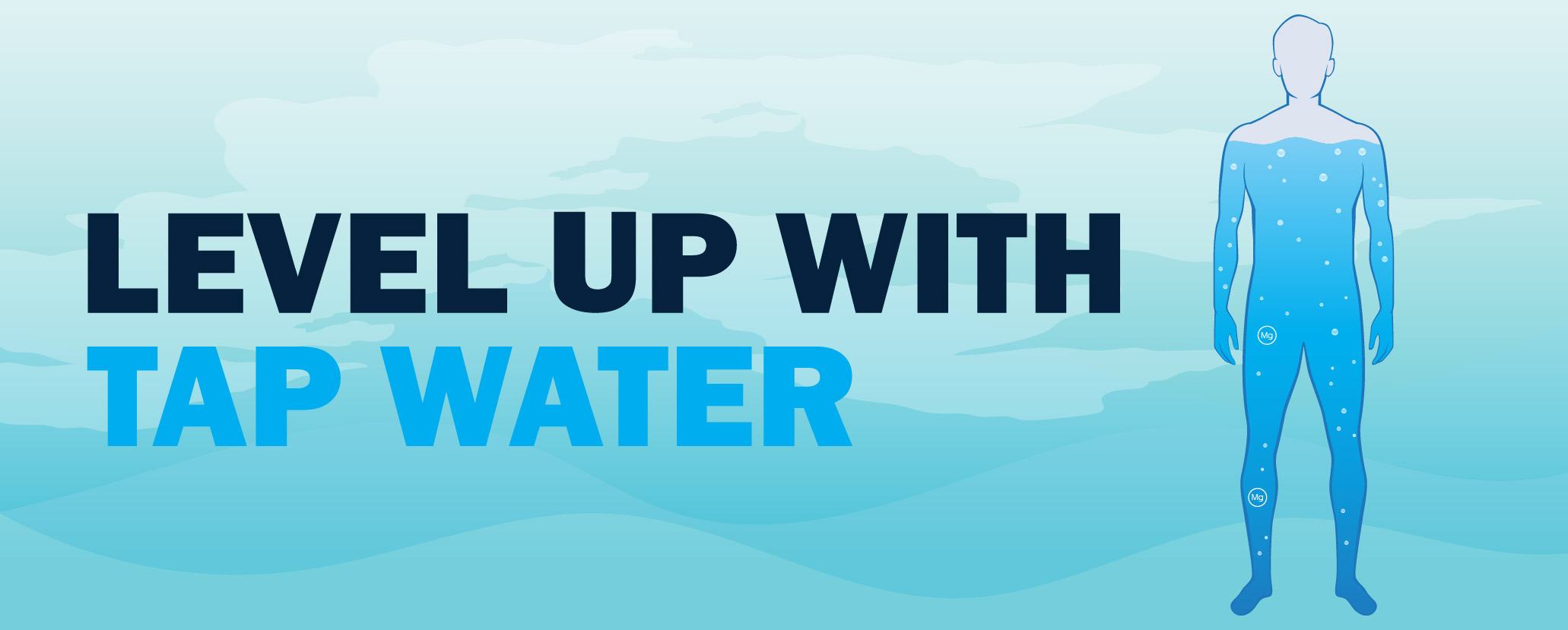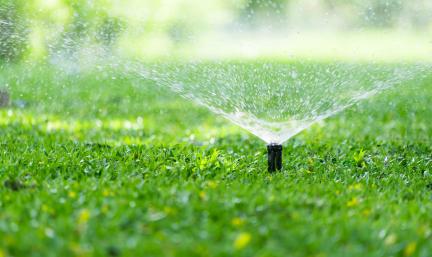The Value of Water

How would your life be different with no clean, safe, reliable water?
Each October, we partner with other organizations to commemorate Imagine a Day Without Water, an event that encourages individuals to think about the value that water brings to their lives. Without clean water, there would be:
- No morning coffee or tea
- No showering or brushing your teeth
- No flushing the toilet
- No clean clothes
- No water for your pets, plants or lawns
- No swimming, boating or fishing
According to the U.S. Environmental Protection Agency, the average American family uses more than 300 gallons of water per day at home!
Your Water. Your Environment. Our Mission.
At Prince William Water, we ensure that our 380,000 customers have access to clean drinking water every day and that their wastewater is treated to the highest standard before being returned to the environment.
We share a role with our customers as environmental ambassadors - protecting the water resources that are vital to daily life, health and commerce.
To learn more about your water quality, wise water use tips and the our investment in clean water, keep exploring our website.

Good for Your Body, Your Budget and Our Planet
From helping the environment to saving money, there are plenty of reasons to drink tap over bottled water:
- Studies have found that most bottled water is just tap water repackaged. The only difference is that plastic bottles can leach microplastics and chemicals!
- There are five giant garbage patches in oceans around the world. The largest includes an estimated 1.8 trillion pieces of trash, enough to cover the state of Virginia 14 times!
- Tap water is an important source of minerals like calcium and magnesium. Staying hydrated helps keep you energized and keeps your body healthy and strong!
- Bottled water is 2,000 times more expensive than tap water. By switching to reusable bottles, you can save over $300 every year!
- Four out of every five single-use water bottles end up in a landfill, equaling about 2.8 million tons of plastic per year.




